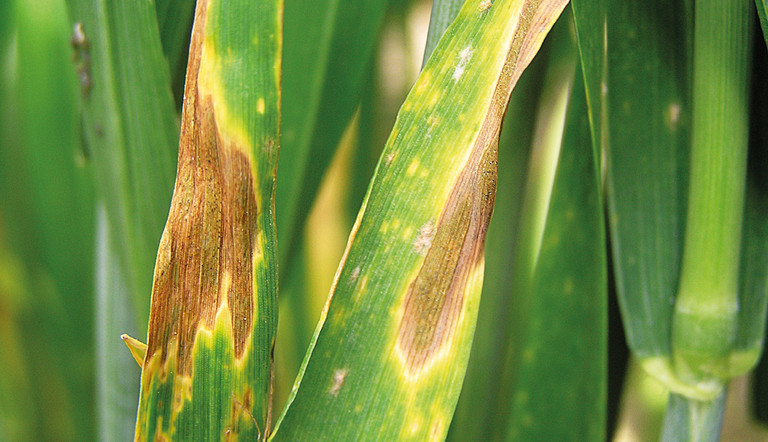
Multi-site fungicide provides reliable return on investment

“Beyond the use of resistant varieties and delaying drilling to reduce disease pressure, the over-arching key to effective disease control in cereals is to stay ahead of infections,” explains Andy Bailey, Fungicides Technical Specialist for ADAMA in the UK.
“This is best achieved by applying a diverse range of fungicide modes of action, with a multi-site such as Arizona (500 g/l folpet) included at the appropriate timing(s) to add an extra layer of disease control, protect single site actives from resistance and boost the crop’s yield potential by maintaining green leaf area for longer.”
Field trials carried out by ADAMA between 2018 and 2021 have shown that the inclusion of Arizona alongside single site fungicides enables wheat and barley crops to stay ahead of key diseases including septoria and rhynchosporium (as well as providing valuable protection against ramularia) and ensures each successive leaf stays greener for longer.
“Sustainable disease control is about achieving the right balance in terms of fungicide efficacy, resistance management and return on investment,” Mr Bailey continues. “Across a total of 29 wheat trials, a single application of Arizona at T1 more than paid for itself by giving an average yield uplift of 0.26 t/ha. When applied at two spray timings this yield response increased to as much as 0.6t/ha when used alongside older single site fungicides and by a more modest but still respectable 0.2 to 0.25 t/ha when used at two spray timings in conjunction with newer single site actives such as Revysol and Inatreq.”
A two-spray inclusion strategy also gave the best results in barley where the yield response ranged from 0.3 to 0.6 t/ha.
“Arizona can deliver a significant yield improvement and represents a viable return on investment,” adds Mr Bailey who explains that T1 is the key timing for the inclusion of folpet in wheat programmes. “In high-risk wheat situations – for example where a susceptible variety which was drilled early and is growing in wet conditions in an area with a high disease loading – folpet can also be applied at T0 and/or T2 as the season dictates.
“In winter and spring sown crops of barley, T2 (GS39/49) is the key timing for including Arizona, with a two-spray approach at T1 and T2 giving the best results.”
The inclusion of folpet in spring fungicide programmes is also endorsed by FRAG-UK (Fungicide Resistance Action Group) which it describes as a ‘valuable tool to manage resistance by preventing development to many pathogens… which can protect and prolong the lifespan of medium to high resistance risk fungicides like SDHIs... and which provides added levels and spectrum of disease control’.